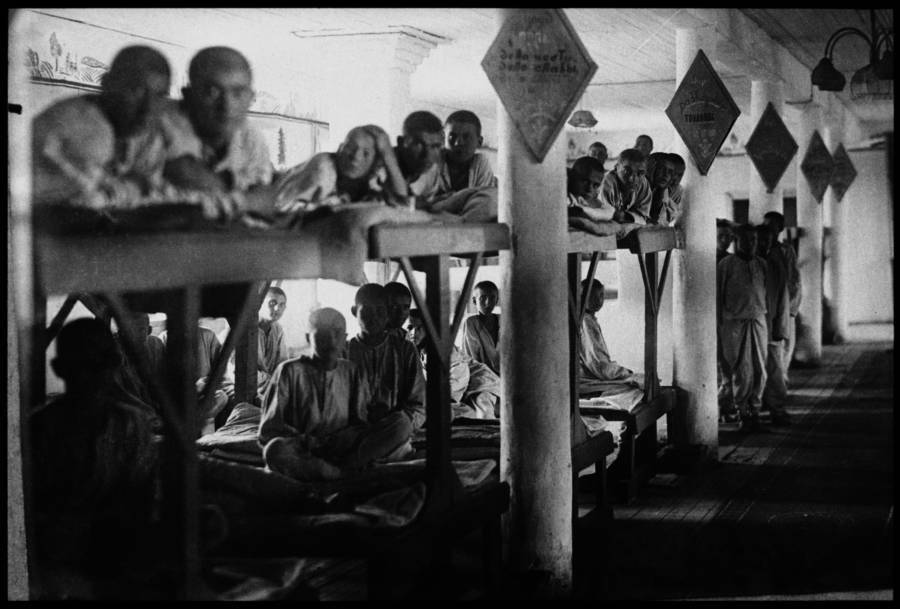The history of forced labor camps in Russia is a long one. Early examples of a labor-based penal system date back to the Russian empire, when the tsar instituted the first "katorga" camps in the 17th century. Katorga was the term for a judicial ruling that exiled the convicted to Siberia or the Russian Far East, where there were few people and fewer towns. There, prisoners would be forced to labor on the region's deeply underdeveloped infrastructure — a job no one would voluntarily undertake.
But it was the government of Vladimir Lenin that transformed the Soviet gulag system and implemented it on a massive scale. In the aftermath of the 1917 October revolution, Communist leaders found that there were a number of dangerous ideologies and people floating around Russia — and nobody knew how fatal an inspiring new ideology could be better than the leaders of the Russian Revolution.
They decided that it would be best if those who disagreed with the new order found somewhere else to be — and if the state could profit from free labor at the same time, all the better. Publicly, they would refer to the updated katorga system as a "re-education" campaign; through hard labor, society's uncooperative elements would learn to respect the common people and love the new dictatorship of the proletariat.
While Lenin ruled, there were some questions about both the morality and the efficacy of using forced labor to bring exiled workers into the Communist fold. These doubts didn't stop the proliferation of new labor camps — but they did make progress relatively slow. That all changed when Joseph Stalin took over after Lenin's death in 1924. Under Stalin's rule, the Soviet gulag prisons became a nightmare of historic proportions. (Read more.)
From Russia Beyond:
"For Russia," said Yarovskaya, "massive repressions are a more vital part of history than the Holocaust. And yet, in the center of Moscow there is still no major museum or monument in honor of the victims. I'm astounded by the absence of a global repentance."
Gregory, Yarovskaya’s partner in the project, played an important role in focusing the subject matter of the film to female victims of the GULAG. A professor of economics at the University of Houston as well the director of the Hoover Archives Workshop on Totalitarian Regimes, Gregory is the author of the book Women of the GULAG, which tells the stories of some of the same women as the film. (Read more.)Share


















No comments:
Post a Comment